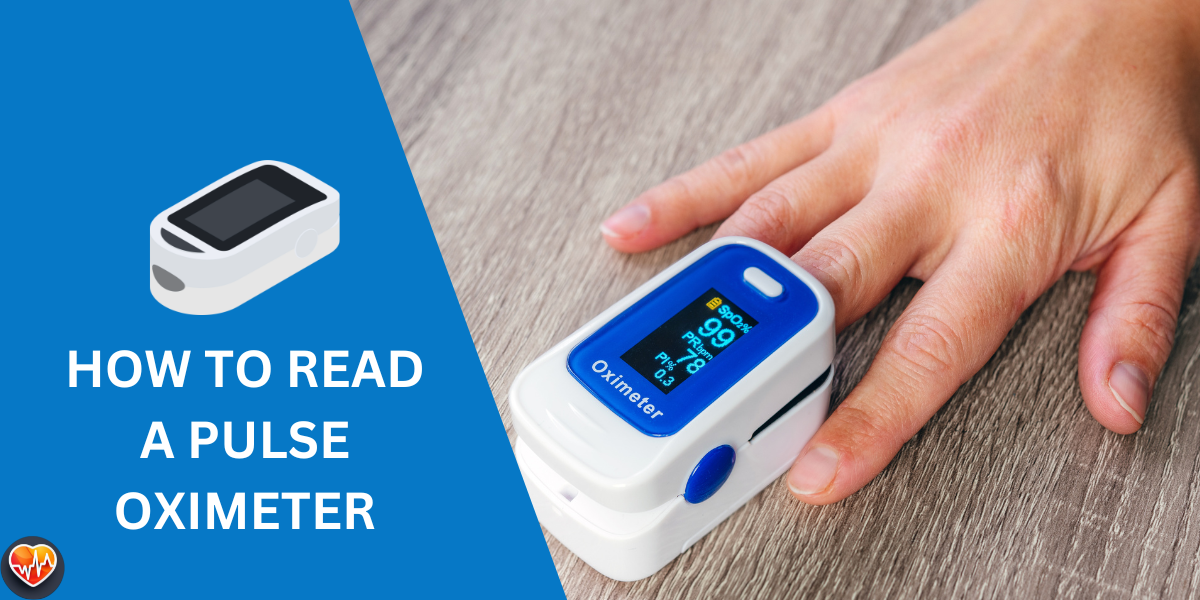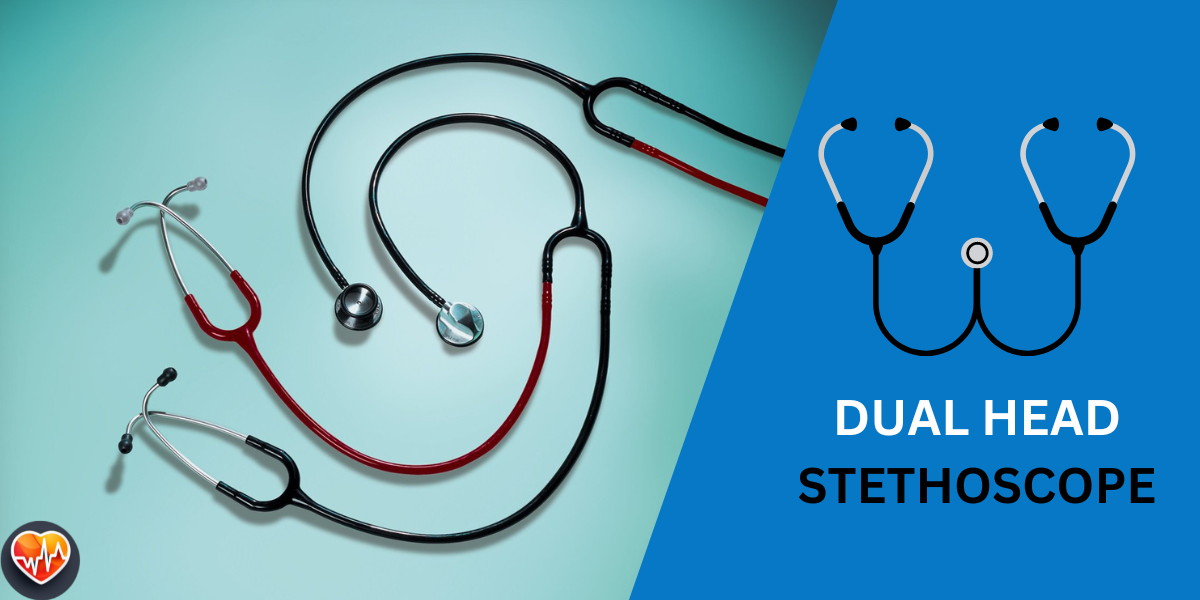
Ever wonder how doctors hear your heartbeat?
It’s a stethoscope, a tool that makes those “lub-dub” sounds louder. Imagine a tube with fancy earpieces and a chest piece – like super-hearing for doctors!
The first stethoscope was just made of paper tubes! Today’s stethoscopes can even hear low-frequency sounds.
Let’s explore this cool tool!
- A medical tool used to hear sounds inside the body (heart, lungs, etc.).
- Works by channeling sound vibrations, not by electronically making them louder.
- Key Parts: Earpieces, tubing, and a chestpiece (with a diaphragm for high-pitched sounds and a bell for low-pitched sounds).
- Doctors use them to:
- Check your heartbeat for rhythm and any unusual sounds.
- Listen to your lungs for normal breathing or problems like wheezing.
- Help take your blood pressure.
- They’ve evolved from simple paper tubes to fancy modern designs!
- Not a one-size-fits-all situation – doctors and students pick stethoscopes based on their needs and budget.
Defining the Stethoscope
Okay, so what exactly is a stethoscope?
It’s a special medical instrument used to hear sounds within the body.
Doctors, nurses, and other healthcare professionals use it to check out your heart, lungs, and even your tummy!
The Parts of a Stethoscope
Think of it like fancy headphones for doctors:
- Earpieces: The bits the doctor puts in their ears.
- Tubing: Flexible tubes connected to the earpieces.
- Chest piece: This is the flat or bell-shaped part placed on your chest. Modern ones might have a special “tunable diaphragm,” letting the doctor switch between hearing those high and low sounds.
Important Note: Stethoscopes don’t magically make sounds louder than a microphone. They work by channeling those tiny sound waves from your body up the tubing and into the doctor’s ears.
How a Stethoscope Works
Okay, now for the cool part – how does a stethoscope actually work?
- It’s all about vibrations: Think of your heartbeat. Each “thump” makes tiny vibrations inside your body. The same goes for your lungs when you breathe and even your stomach while it digests!
- The sound journey: When a doctor puts that chest piece on you, those vibrations travel through your skin and into the stethoscope. The flat side (called the diaphragm) picks up higher-pitched sounds, like your heartbeat. The curved part (called the bell) is better for those super-low rumbles. Those vibrations zip up the tubing like whispers traveling through a pipe all the way to the doctor’s ears.
- Not a megaphone: Stethoscopes don’t make sounds louder, like turning up a speaker. They’re more like a tunnel, bringing those faint body sounds closer, making them easier for the doctor to hear.
Stethoscope Use Cases in Medicine
Here’s where things get really interesting – what do doctors do with this super-hearing tool?
- Checking your ticker: Your heart’s rhythm tells the doctor a lot about it. They’re listening for a nice strong “lub-dub” but also checking for any weird squeaks or extra beats that could mean something’s not quite right.
- Listening to your lungs: Have you ever been asked to take a deep breath? The doctor is listening for normal breath sounds, but also if there are wheezes, crackles, or anything that sounds off. This helps them find problems like asthma or infections.
- Taking your blood pressure: You know that inflatable cuff on your arm? The stethoscope is used with it! The doctor listens for the whooshing sound of blood flow, which helps figure out your blood pressure.
- Beyond the basics: Stethoscopes are awesome for even more! Doctors can listen to a baby’s heartbeat in the womb, check how well your intestines are working, and even detect unusual blood flow sounds that might mean there’s a blockage somewhere.

A Brief History of the Stethoscope
Ready for a little time travel?
The stethoscope has an awesome story!
- The Beginning: In 1816, a French doctor named René Laennec was trying to figure out how to listen to a woman’s chest without putting his ear directly on her (which was awkward back then). He rolled up a paper tube and BAM—the first stethoscope!
- Stethoscope Upgrade: Later on, the stethoscope became fancier. They added earpieces for both ears (called “binaural”), making it easier to hear. And instead of paper, they started using wood!
- The Modern Stethoscope: Doctors use high-tech stethoscopes today. A Harvard Medical School professor, Dr. David Littmann, even helped design super-sensitive ones for hearing faint heart sounds. Some now even have electric parts to amplify sound!
Types of Stethoscopes
Get this: not all stethoscopes are the same!
Here’s a quick peek at some of the different kinds:
- The Classic: Acoustic Stethoscopes: These are the most common. They work on those vibrations traveling through the tubing, just like we talked about.
- Electronic Stethoscopes: These fancy ones have a microphone to pick up sounds and can even amplify them, making those faint murmurs easier to hear.
- Special Stethoscopes: Doctors who specialize in different things might have stethoscopes made just for them. Cardiologist dr (heart doctors) often want the best of the best for hearing all those tiny heart noises.
- Beyond the Basics: There are even stethoscopes for babies, ones that can record sounds, and some designed for other healthcare pros like respiratory therapists!
Choosing the Right Stethoscope
Picking the right stethoscope is more complex than grabbing the coolest-looking one.
Here’s what matters:
- Are you a student or a pro?: Students usually need a good basic stethoscope to learn all the important sounds. Doctors and nurses often invest in higher-quality ones for the best hearing possible.
- What’s your budget? Stethoscopes can get pricey! Basic ones are affordable, but those fancy ones with electronic parts can cost a lot.
- Comfort is key: You’ll be wearing this around your neck a lot, so make sure the earpieces fit well and the tubing isn’t too heavy.
- Sound quality: This is especially important if you’ll be listening to hearts or lungs a lot. You want to be able to hear those higher and lower sounds clearly.
A Note: Choosing a stethoscope can feel confusing! It’s totally okay to ask a doctor, nurse, or medical community teacher for advice. They can point you in the right direction based on your needs.
Conclusion

So, there you have it!
The stethoscope is way more than just a doctor’s fashion accessory.
This simple-looking tool has a long history and is a super important part of how doctors keep us healthy.
The stethoscope lets doctors hear what’s going on inside your body, from listening to your healthy heartbeat to checking your lungs.
Next time you hear that familiar “lub-dub,” remember the journey those little sound waves took through the stethoscope. Pretty amazing, right?
Frequently Asked Questions
What does a stethoscope do?
A stethoscope helps doctors and nurses hear sounds inside your body, like your heart beating and air moving in your lungs. This allows them to check if everything is working the way it should!
Why does a stethoscope have two earpieces?
Having two earpieces (called a binaural stethoscope) lets the doctor hear better, just like how having two eyes helps you see better than one!
Can I hear my heartbeat with a stethoscope?
Absolutely! With careful practice, you can hear your heartbeat with a stethoscope. It might take some tries to find the right spot on your chest and figure out the pressure needed.
How much does a stethoscope cost?
Stethoscope prices vary a lot! Basic ones for students might be affordable, but those super-fancy electronic ones doctors sometimes use can be quite expensive.
Are all stethoscopes the same?
Nope! Modern-day stethoscopes come in all sorts of types. Doctors specializing in hearts or lungs often have special ones to hear even the higher frequency sounds, and there are even stethoscopes designed for babies!













